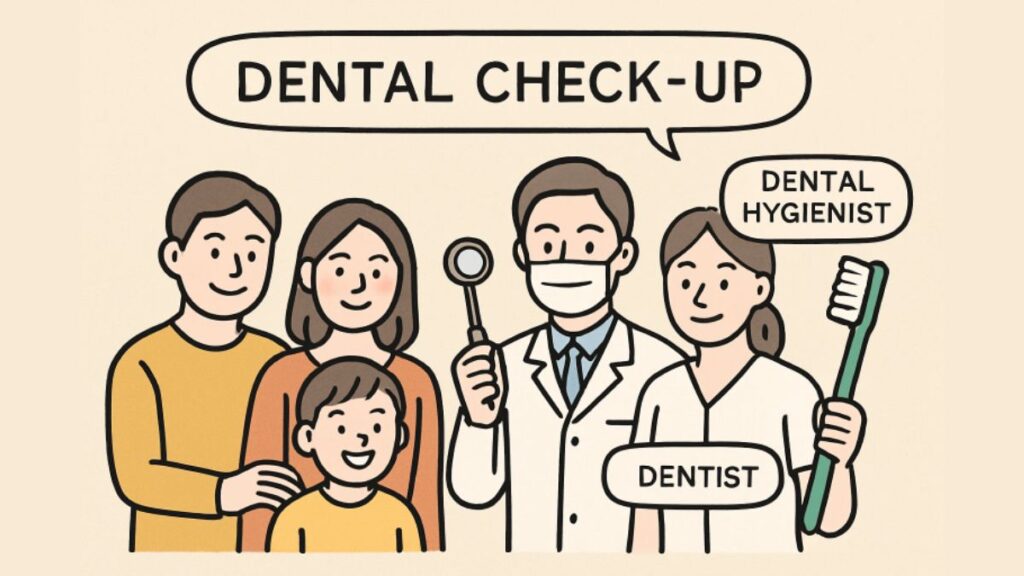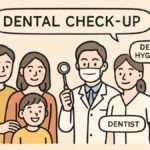Maintaining good oral health is more than achieving a bright smile; it is an essential part of protecting your overall health. Preventive dental care lays the foundation for a healthier life by addressing oral health issues before they escalate, benefiting not only your teeth and gums but also your entire body. For individuals and families seeking to establish a solid oral care routine, visit https://www1.deltadentalins.com/individuals-and-families.html, which offers valuable information and dental plan options fit to various needs and lifestyles.
Focusing on preventive dental care means fewer dental emergencies, lower long-term costs, and even a reduced risk of developing certain systemic health conditions. As studies continue to demonstrate the connection between oral health and diseases throughout the body, the value of regular check-ups, cleanings, and education cannot be overstated.
Many people are unaware that dental problems such as gum disease have been linked to cardiovascular disease, diabetes, and even complications during pregnancy. Early prevention and understanding this link are crucial for long-term health and well-being. Individuals who prioritize preventive care can significantly lower their risk for these severe medical conditions, making it more than just an investment in their teeth—it’s an investment in their whole-body health.
Preventive care is also cost-effective, helping families save money by avoiding expensive procedures down the line. The broader public health community, including dental organizations and practitioners, emphasizes preventive services as a way to reduce the financial and social burden of oral disease.
Importance of Preventive Dental Care
Preventive dental care encompasses routine check-ups, professional cleanings, fluoride treatments, and education about home dental hygiene. It aims to stop oral health issues before they start and ensures that minor conditions are detected and treated promptly. When patients visit their dental care providers regularly, they receive professional oversight that helps avoid the progression of decay or gum disease, reducing the need for extensive treatments or surgeries.
Preventive care also includes counseling patients on diet, tobacco cessation, and other lifestyle factors that directly impact oral health. Research from authoritative health sources, such as the American Dental Association, continues to demonstrate that these regular interventions are effective in reducing the prevalence and severity of dental diseases, particularly in children and the elderly.
Oral Health and Systemic Diseases
The “mouth-body connection” refers to the growing body of scientific evidence linking oral health to conditions like cardiovascular disease and diabetes. Oral bacteria and inflammation can contribute to the development of chronic systemic illnesses. For example, a clinical trial found that effective treatment of gum disease helps slow the progression of artery thickening, a key factor in cardiovascular health. Similarly, people with diabetes are more prone to infections, including periodontal disease, creating a two-way relationship that makes dental maintenance vital.
Oral infections can also increase the risk of adverse pregnancy outcomes and respiratory diseases, demonstrating that the impact of preventive care extends far beyond the mouth. As a result, professional dental organizations strongly recommend that patients with chronic illnesses stay vigilant about regular dental care.
Economic Benefits of Preventive Care
Financial savings represent an essential incentive for prioritizing preventive dental services. Untreated oral diseases often result in costly emergency visits and hospitalizations, which could have been avoided with regular care. According to the CDC, community water fluoridation and school-based sealant programs are among the most effective and economical interventions to prevent tooth decay and lower healthcare expenditures.
For insurers and public health systems, promoting preventive care is a crucial strategy for mitigating the economic burden of dental disease. When fewer people require urgent or advanced treatment, overall healthcare spending decreases, benefiting individuals, families, and society as a whole.
Barriers to Accessing Preventive Dental Care
Despite the clear advantages, access to preventive dental care is not universal. Socioeconomic status, lack of dental insurance, geographic isolation, and limited access to providers in rural areas are significant obstacles that prevent millions from accessing services. Many public health efforts, such as Medicaid expansions that include dental benefits, are designed to address these disparities, but gaps persist. Many states are expanding their Medicaid programs to provide dental care to their poorest residents.
Community programs, mobile clinics, and education initiatives represent crucial tools for bridging these gaps, especially in underserved regions that experience the highest rates of dental disease and unmet dental needs.
Role of Dental Hygienists in Preventive Care
Dental hygienists are highly trained professionals uniquely positioned to deliver preventive education and care. They routinely assess patients’ oral health, provide cleanings and non-surgical periodontal therapy, and help people understand the link between oral and overall health. Their role as advocates for prevention and educators for patients cannot be overstated.
Dentists and dental hygienists working together set the foundation for a collaborative preventive care model that empowers patients to maintain lifelong oral health and recognize early signs of disease.
Public Health Strategies for Improving Oral Health
Community-based prevention strategies are key to improving access and reducing health disparities on a large scale. School-based sealant initiatives, fluoridated water supplies, and outreach events have been shown to reduce the incidence of tooth decay, particularly among children and in disadvantaged communities. These public health efforts foster environments where healthy choices and preventive visits are the norm, not the exception. Furthermore, collaboration among medical and dental professionals is essential for ensuring a comprehensive approach to care and disease prevention.
Conclusion
Preventive dental care is essential for maintaining overall health, reducing healthcare costs, and preventing systemic diseases. Prioritizing check-ups, education, and public health efforts not only improves oral health outcomes but also strengthens communities and ensures a better quality of life for everyone.






